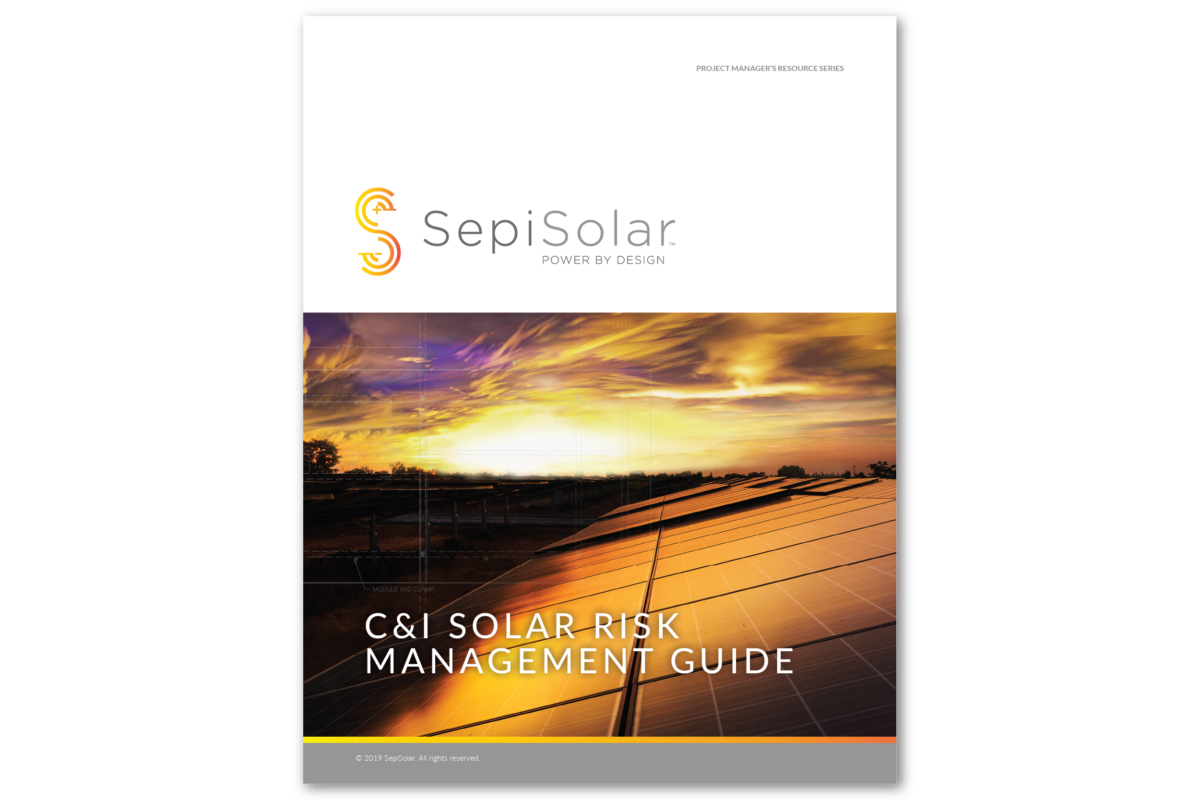This post was written by Josh Weiner, Solar Expert Witness & Solar Engineering Expert. Mr. Weiner has been at the forefront of the solar industry for over 20 years and is an industry leader on solar-plus-storage engineering & design. Josh’s expertise spans both in-front of and behind-the-meter initiatives including residential, commercial, utility, grid-scale, and ev charging solar and storage applications.
It might seem counterintuitive but it’s true. If you want to save time and money by avoiding change orders on your solar and energy storage projects, spend some time and money on value engineering before you get too far down the road.
Trial lawyers know how this works. Get all the facts up front so there are no surprises when the time comes to stand before a judge and jury. A good lawyer is more than an advocate. A good lawyer performs a detailed investigation, assesses risk, and works to achieve the best possible outcome.
The same is true about a good project engineer. When you’re building solar and energy storage projects, the authority having jurisdiction (AHJ) serves as the judge. The construction crew is the jury. And the engineer who reviews all the technical data and asks all the necessary questions will make the most convincing case for permitting approval.
A structured and repeatable process is important. So is the quality of communication between the contractor and the engineering and design team. And never underestimate the value of experience. Nobody can see into the future, but experience guides us to the right questions to ask and the permitting pitfalls to avoid.
Knowing that, we’ve asked three of SepiSolar’s most experienced engineers to share some tips on how they guard against project delays and surprise budget jumps. Change orders late in the planning process can lead to unhappy project owners and can compromise bids on future projects.
Here are three steps to avoiding change orders from SepiSolar development engineer Taylor Bohlen, design engineer Ryan Mateo, and operations project manager Dylan Brown.
Next-level detail in the site survey
It’s all about the level of detail in the site survey, Bohlen says. The site survey lays the groundwork for potential issues to be caught up front so that they can be accurately estimated and dealt with before the project moves forward to a point where engineering revisions will be needed.
It can also help to verify layout and equipment spacings in the field instead of accepting what you see in off-the-shelf solar design software assumptions. Assumptions baked into the proposal generating process might not align precisely with the reality at the project site. These discrepancies can result in change orders.
Here’s a checklist SepiSolar uses to generate the most comprehensive dataset for commercial and industrial projects and utility-scale projects.
The engineer will evaluate site survey details procedurally at the beginning of a project in context of the final system and its objectives. Structural information will go to a structural engineer for analysis up front. Feasibility of the physical layout will drive decisions related to electrical layout.
Each step of the design process determines feasibility in the steps that follow.
Ripple effects from design changes
There’s a misconception out there about the impact of seemingly small changes in project design, Mateo says. Consider what happens with one of the more common changes, swapping one type of solar module for another.
Contractors often recommend one type of module during the sales process but then find its unavailable. You might find another module that costs about the same and has the same power class but slightly higher short-circuit current rating.
Does that seem like a miniscule change? It can sometimes make or break your ability to run parallel strings in an inverter maximum power point tracker (MPPT).
If you can’t run parallel strings and you don’t have enough inputs in the selected inverter, the module swap can lead to an inverter swap. That’s more than a ripple. It’s a tidal wave.
Every input in project design affects something else. Contractors should work with designers to finalize aspects of the project starting with least dependent portions and moving up to the most dependent.
Finalize layout before moving to wire diagrams. If you remove modules because the roof could not handle the weight, the electrical calculations have changed.
SepiSolar’s milestone process, commonly used in the construction industry, reduces the amount of change orders we see.
Know agreements like the back of your hand
All parties need to understand what’s involved with a project, from timelines to equipment to subcontractor roles. These details should be well defined before project execution, says Brown.
When site owners ask questions about items that are outlined in the project brief, that’s a change order red flag.
If multiple contractors are involved in a project, is it clear who’s responsible for each aspect of the project? Every structural, electrical, or civil detail should be accounted for.
Resist pressure to advance to the next project milestone without obtaining stakeholder approval. Contractors may get pressure from site owners, financiers, even your own boss. If you need a cautionary tale, see what happened when SepiSolar was brought in to re-engineer a project that was initially built for power to flow in one direction and then had to accommodate bidirectional distribution.
The need for re-engineering was an avoidable mistake caused by confusion about who would file an interconnection agreement.
Avoiding change orders is risk management
If you have completed all three steps to avoiding change orders—producing a detailed site survey, recognizing the ripple effects from design changes, and mastering the finer points of your agreements—you’re well on your way to a successful outcome.
For more ideas, download our C&I Risk Management Guide. We put together the guide as a resource to help contractors get consistent, repeatable project planning without surprise bottlenecks, permitting delays, and escalating costs.
There are no practice rounds in project management. You need to know that designs are always accurate and error free. Find out how in the risk management guide.





